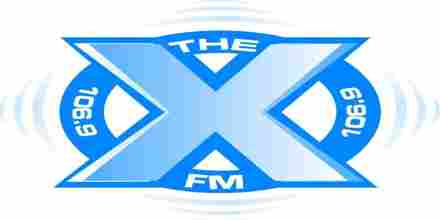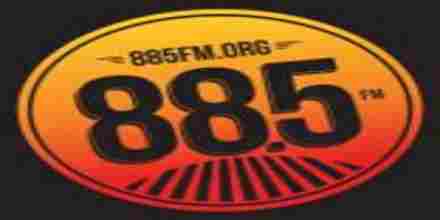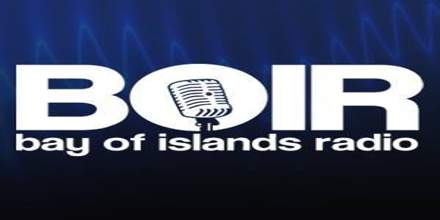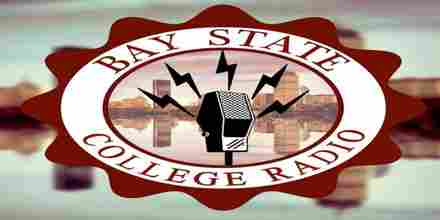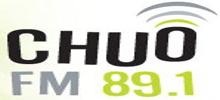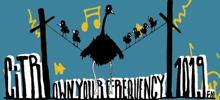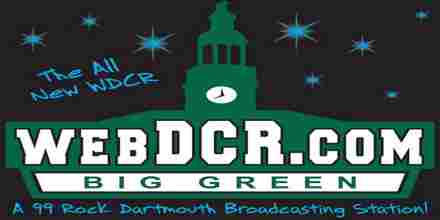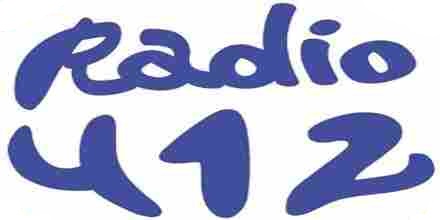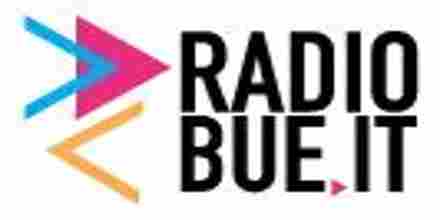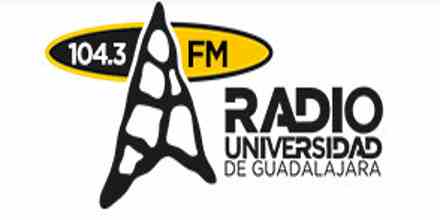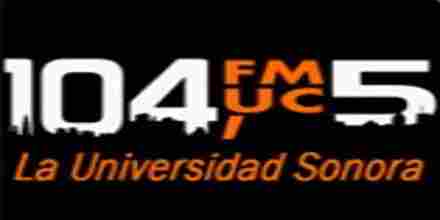College radio is a vibrant and eclectic music genre that thrives on the airwaves of university and college campuses across the globe. Unlike commercial radio stations, which often prioritize mainstream hits and profit-driven playlists, college radio stations are known for their independence, creativity, and willingness to take risks. These stations serve as incubators for emerging artists and niche genres, providing a platform for music that might not receive airtime elsewhere.
The origins of college radio can be traced back to the 1960s and 1970s when student-run stations began broadcasting on campus. These early pioneers sought to fill a void in the musical landscape by playing a diverse range of genres, from folk and jazz to rock and punk. Over time, college radio has evolved into a bastion of musical discovery, where DJs and programmers have the freedom to curate playlists that reflect their unique tastes and passions.
One of the defining characteristics of college radio is its commitment to supporting local and independent artists. Stations often feature live performances, interviews, and in-depth discussions with musicians, providing listeners with an intimate look into the creative process. This hands-on approach not only helps artists gain exposure but also fosters a sense of community between the station, the artists, and the audience.
College radio stations are also known for their eclectic programming, which can span a wide array of genres and sub-genres. From experimental electronic music to indie folk, from hip-hop to world music, these stations embrace diversity in sound and style. This eclecticism is a reflection of the diverse student bodies that operate and listen to these stations, making college radio a melting pot of musical ideas and influences.
In addition to their musical programming, college radio stations often serve as training grounds for aspiring broadcasters, journalists, and producers. Students gain valuable experience in radio production, on-air hosting, and event planning, preparing them for careers in the media industry. Many successful professionals in broadcasting, music journalism, and entertainment trace their roots back to their days at a college radio station.
College radio stations also play a crucial role in fostering cultural exchange and social activism. They often host events, concerts, and workshops that address relevant social issues, providing a forum for discussion and action. Whether it's advocating for environmental sustainability, promoting diversity and inclusion, or supporting local community initiatives, college radio stations use their platforms to make a positive impact.
The influence of college radio extends far beyond the campus boundaries. Many iconic bands and artists got their start on college radio, which helped launch them into the mainstream. Stations like KCRW in Santa Monica, WFMU in New Jersey, and KEXP in Seattle have become legendary for their ability to discover and promote groundbreaking music.
In an era dominated by streaming services and algorithms, college radio stands out as a beacon of human curation and authentic discovery. It offers listeners a refreshing alternative to the homogenized playlists that often dominate the airwaves, providing a space where musical innovation and diversity can flourish. Whether you're tuning in for the latest indie rock release or a deep dive into experimental jazz, college radio remains an essential part of the music landscape, continually pushing boundaries and celebrating the rich tapestry of sound that makes up our world.
 446
Canada College radio 32 kbps AAC (LC)
446
Canada College radio 32 kbps AAC (LC) Manas FMManas FM
Manas FMManas FM 378
Kyrgyzstan College radio 128 kbps MP3
378
Kyrgyzstan College radio 128 kbps MP3 Eldo RadioEldo Radio
Eldo RadioEldo Radio 240
Germany College radio 256 kbps MP3
240
Germany College radio 256 kbps MP3